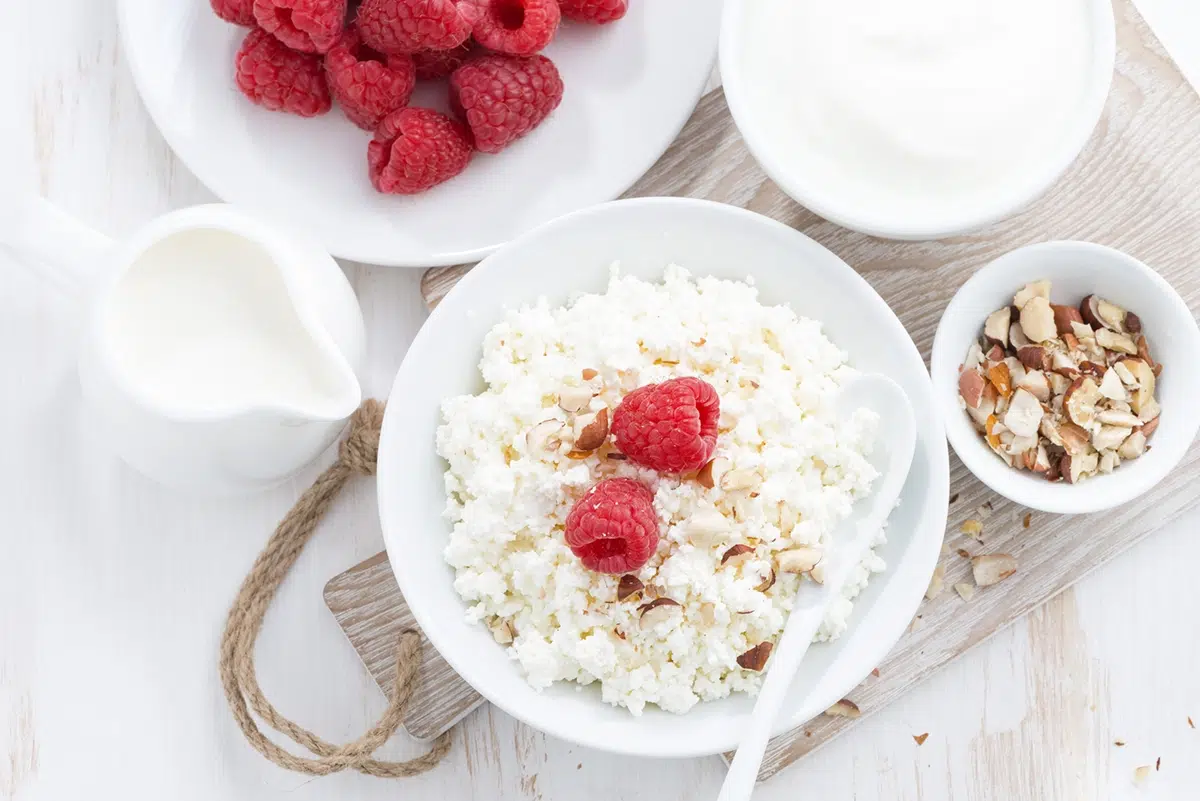Show summary Hide summary
Calculation and calorie requirements for the different meals of the day
How do you calculate your calorie requirement per meal according to your height, weight and sex? When should we consume the most or the fewest calories in a typical day? How many calories per meal for a man or a woman?

How do you calculate your daily calorie intake per meal based on your height, weight and sex? When is the best time to consume most of your calories? How many calories should you eat per meal whether you’re a man or a woman?
Discover other REGIVIA tools:
How do you calculate your daily calorie intake for each meal of the day?

Although there are very few studies on the subject, it is strongly recommended that we include a higher calorie intake in our diet in the first half of the day. This allows us to logically consume the calories we need during the busiest part of the day, thus avoiding nibbling and storage.
Why regular eating and sleeping patterns are key for good health?
Dividing your meals into 3 main meals (breakfast, lunch and dinner), accompanied by a snack at around 5pm, also helps to avoid feelings of hunger and prevent snacking. It’s worth remembering that a person who has a good rhythm both in terms of their sleep/wake cycles and their food intake has a healthy lifestyle and therefore improves their health in the long term. Numerous studies have highlighted the link between lack of sleep and weight gain, or snacking and weight gain. So regularity and routine will be your best allies if you want to live a healthy life!
How should you divide your calories between 3 or 4 meals?
The division into 3 or 4 meals depends on your age. Whether you’re an adult man or woman, the calorie breakdown will be different from that for children.
Example of a calorie distribution meal plan for adult males and females:
For adults, a snack is not essential, but it does help to spread out the intake for the 2nd half of the day and avoids end-of-day nibbling.
- Breakfast: 25
- Lunch: 40
- Afternoon snack: 5% of the total
- Dinner: 30% of daily intake
If there is no late afternoon snack, this intake can be carried over to dinner.
Example of a calorie distribution meal plan for children:
For children, but this may also be the case for the elderly or pregnant or breast-feeding women, the calorie intake for the afternoon snack should be higher than for adults, with a portion representing around 10% of the TEA (Total Energy Intake for a day).
- Breakfast: 25
- Lunch: 35
- Snack: 10% of total energy intake
- Dinner: 30% of total energy intake
See also: Basic metabolism
Other meals












